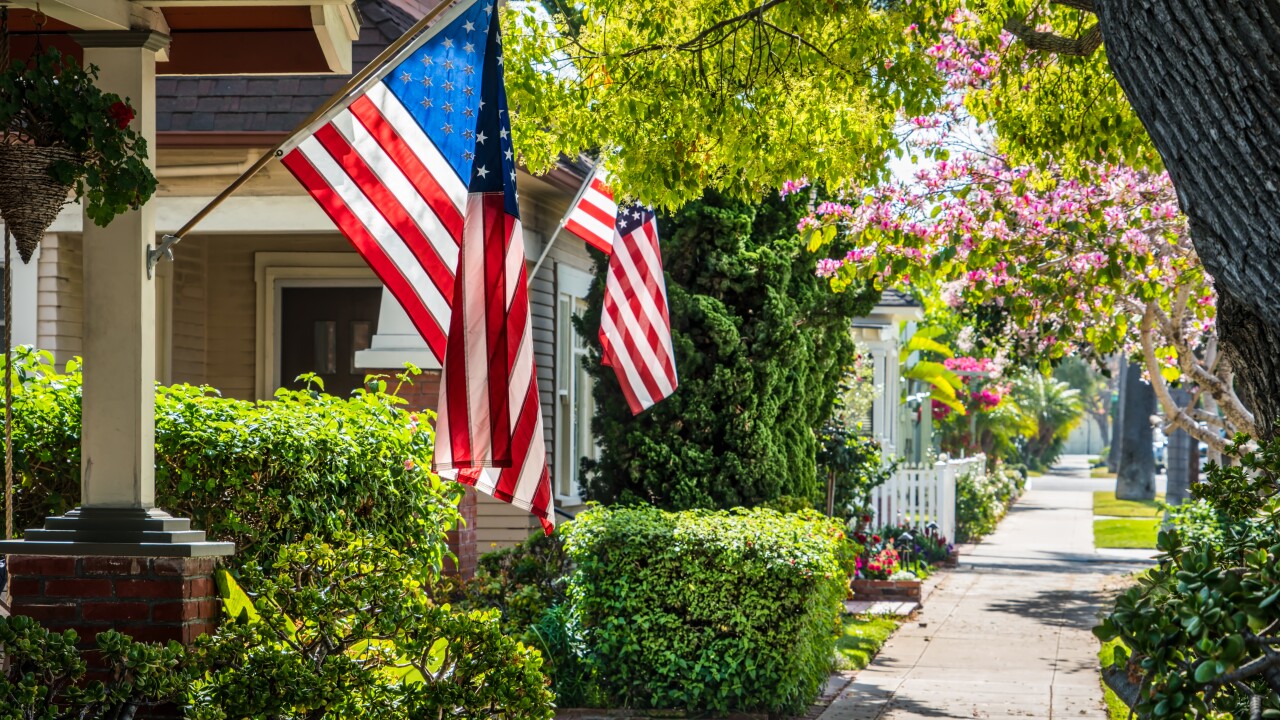Banks and Apple Pay have not always had easy partnerships, but a hot market for co-branded cards gives Goldman Sachs a chance to advance its consumer ambitions and Apple an opportunity to offset slumps in device sales.
As Apple picks up adoption among merchants and consumers, it is plotting a deeper dive into payments that will require the added revenue streams that a card can provide. At the same time, Goldman's strategy to sell consumer financial services can benefit from a well-known partner that's building a retail payments base after a relatively slow start.
That's driving a
Even though a plastic card carrying the Apple name helps Goldman's first foray into consumer finance, more important is that the companies will want to promote the digital card and online instant issuing of that product, said Richard Crone, chief executive of Crone Consulting, a payments consulting firm in San Carlos, Calif.

"Co-brand is hot, a significant recovery from 10 years ago," Crone added, noting that Google Pay has a co-brand with Synchrony Financial. "For Goldman it is a platform play and using the halo effect that the Apple brand provides. What a way to enter a market. This is a huge entry for Goldman."
The arrangement also tempers concerns banks have had about Apple Pay, such as a fee structure that didn't work in some banks' favor, which was just as much a complication for banks as the underlying NFC technology was for some merchants.
It was common for issuers to cite a 15-basis-point hit on Apple Pay transactions, in addition to paying fees to Visa and Mastercard for provisioning tokens in the iPhone secure element, plus extra fees for referencing account credentials during the transaction at the point of sale. Processors were likely to add levies for any new accounting or billing systems that would unfold for paying Apple for the transactions and the card networks as token providers.
But as Apple Pay expands, there's more of a chance for banks to see beyond these early concerns over fees.
Goldman Sachs and Apple are not providing details, so it is unclear whether the co-brand agreement would initially result in both a plastic card as well as the digitized version in the mobile wallet. It would offer cash-back and other rewards, aided through new iPhone features to track purchases and rewards.
Apple was wise to partner with Goldman because it allows Apple to enter a co-brand relationship with a bank new to that market, thus not "burning any bridges" with other bank partners, Crone said.
However, it is also possible that Goldman Sachs would in some way operate as a white-label for aspects of Apple Pay, much in the same manner Discover does with Apple Cash, Crone added.
"Essentially, when you think about it, Apple Pay is co-branded in a way with everyone already," Crone said. "This is just a different play, with their name on the card, with the emphasis on a digital download."
While he didn't say Apple was expanding its payments footprint through a Goldman Sachs card,
And he had much to tout. Apple Pay transactions, at 1.8 billion in the quarter, doubled the previous year's total. In addition, Apple Pay had picked up merchant adoption through Target, CVS, 7-Eleven, Taco Bell and Jack in the Box — all inclined to mostly represent the lower value sales that generally take place through a mobile wallet at the point of sale.
Apple Pay also launched in Germany, Belgium and Kazakhstan in the last quarter, touting it is live in 27 markets. Cook specifically pointed out success in Germany in working through Deutsche Bank.
That's a better performance than
The co-brand with Goldman Sachs reportedly includes various financial management tools available on the card, a value-add that Goldman Sachs wants in place to compete with other promotions and rewards of co-brand cards.
Goldman Sachs has been expanding its consumer finance reach through its Marcus unit, the bank's first digital consumer lending platform, led by Harit Talwar, a former head of Discover's U.S. card business.
Marcus acquired the fintech startup Final nearly a year ago, incorporating Final's platform for "an integrated and gratifying way of providing rewards on cards," said Steve Mott, principal of BetterBuyDesign, a consulting firm in Stamford, Conn.
"Marcus is more than just card issuance, as that just gets you in the front door to do other types of financial relationships," Mott said. "And you certainly would like to have the Apple customer database for that."
A major benefit of the deal for Goldman would be if Marcus became the digital lending platform for consumer purchases of iPhones and other Apple devices, Mott suggested.
"I see nothing but an upside on this partnership right now," Mott added. "I like this idea because it has the prospect of materially adding to the competitive market for cards out there, which is badly needed."
The companies reportedly will test the new card with employees for the next few months and launch it in the spring.
The Journal report indicated the new co-brand could replace a similar deal Apple had with Barclays, but that has not been confirmed. Apple had a co-brand Visa card with Barclaycard, in which rewards points could be redeemed for Apple Store or iTunes gift cards, and also with special financing options for purchases at Apple stores.
In reporting Apple Pay's growth on a global scale, Loup Ventures has cited 43% of all iPhone users around the world enable Apple Pay on their devices. That mark, at 383 million iPhones worldwide with Apple Pay, was up 36% from estimates made last September.





